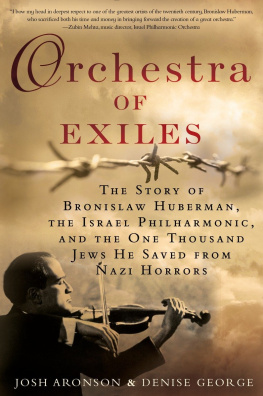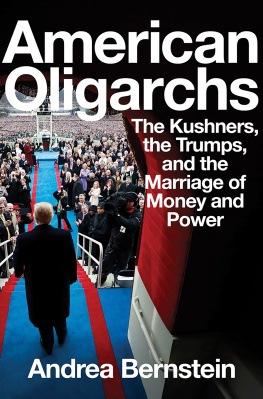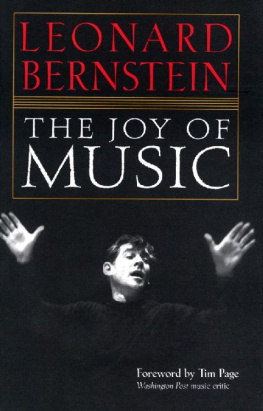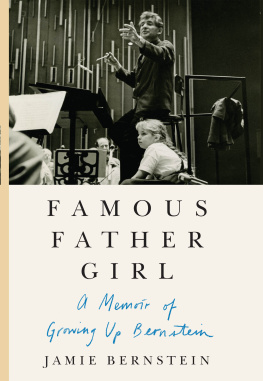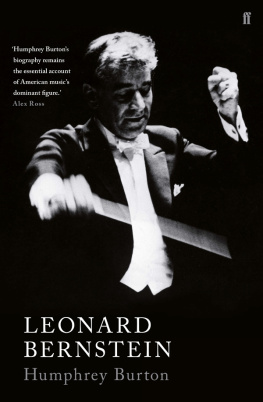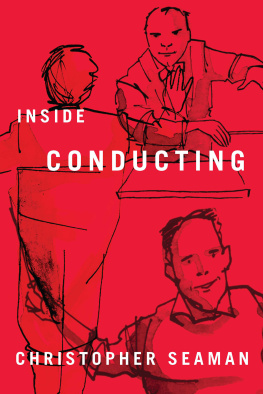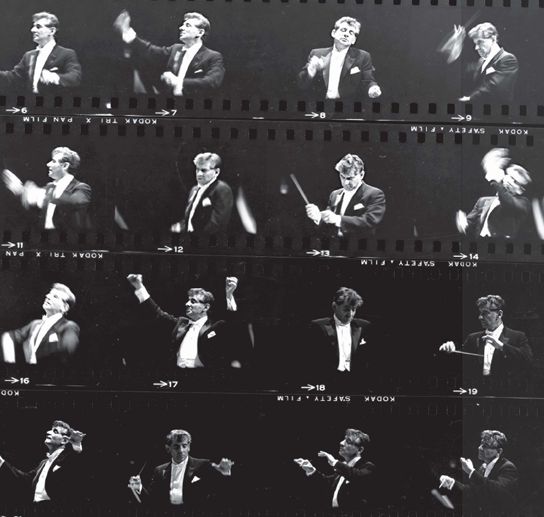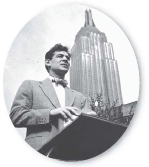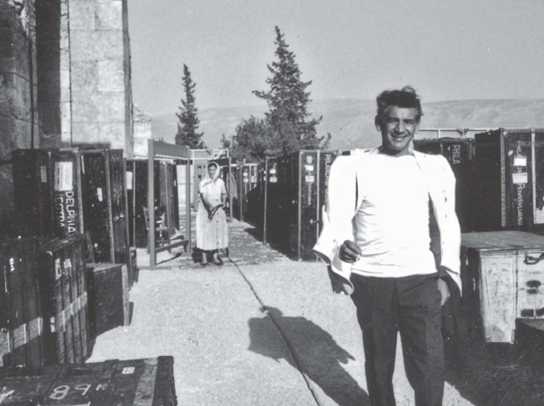Burton Bernstein - Leonard Bernstein: American Original
Here you can read online Burton Bernstein - Leonard Bernstein: American Original full text of the book (entire story) in english for free. Download pdf and epub, get meaning, cover and reviews about this ebook. year: 2010, publisher: HarperCollins, genre: Non-fiction. Description of the work, (preface) as well as reviews are available. Best literature library LitArk.com created for fans of good reading and offers a wide selection of genres:
Romance novel
Science fiction
Adventure
Detective
Science
History
Home and family
Prose
Art
Politics
Computer
Non-fiction
Religion
Business
Children
Humor
Choose a favorite category and find really read worthwhile books. Enjoy immersion in the world of imagination, feel the emotions of the characters or learn something new for yourself, make an fascinating discovery.

- Book:Leonard Bernstein: American Original
- Author:
- Publisher:HarperCollins
- Genre:
- Year:2010
- Rating:5 / 5
- Favourites:Add to favourites
- Your mark:
Leonard Bernstein: American Original: summary, description and annotation
We offer to read an annotation, description, summary or preface (depends on what the author of the book "Leonard Bernstein: American Original" wrote himself). If you haven't found the necessary information about the book — write in the comments, we will try to find it.
One of the most gifted, celebrated, scrutinized, and criticized musicians in the second half of the twentieth century, Leonard Bernstein made his legendary conducting debut at the New York Philharmonic in 1943, at age 25. A year later, he became a sensation on Broadway with the premiere of On the Town. Throughout the 1950s, his Broadway fame only grew with Wonderful Town, Candide, and West Side Story. And in 1958, the Philharmonic appointed him the first American Music Director of a major symphony orchestraa signal historical event. He was adored as a quintessential celebrity but one who could do it allembracing both popular and classical music, a natural with the new medium of television, a born teacher, writer, and speaker, as well as a political and social activist. In 1976, having conducted the Philharmonic for more than one thousand concerts, he took his orchestra on tour to Europe for the last time.
All of this played out against the backdrop of post-Second World War New York City as it rose to become the cultural capital of the worldthe center of wealth, entertainment, communications, and artand continued through the chaotic and galvanizing movements of the 1960s that led to its precipitous decline by the mid 1970s.
The essays within this book do not simply retell the Bernstein story; instead, Leonard Bernsteins brother, Burton Bernstein, and current New York Philharmonic archivist and historian, Barbara B. Haws, have brought together a distinguished group of contributors to examine Leonard Bernsteins historic relationship with New York City and its celebrated orchestra. Composer John Adams, American historians Paul Boyer and Jonathan Rosenberg, music historians James Keller and Joseph Horowitz, conductor and radio commentator Bill McGlaughlin, musicologist Carol Oja, and music critics Tim Page and Alan Rich have written incisive essays, which are enhanced by personal reminiscences from Burton Bernstein. The result is a telling portrait of Leonard Bernstein, the musician and the man.
Burton Bernstein: author's other books
Who wrote Leonard Bernstein: American Original? Find out the surname, the name of the author of the book and a list of all author's works by series.

